Equipe d’Accueil : Oocyte Mechanics and Morphogenesis
https://www.college-de-france.fr/fr/oocyte-mechanics-and-morphogenesis
Intitulé de l’Unité : CIRB, Collège de France (U1050/UMR7241)
Nom du Responsable de l’Unité : Marie-Hélène Verlhac
Nom du Responsable de l’Équipe : Marie-Emilie Terret/Marie-Hélène Verlhac
Adresse : 11 place Marcelin Berthelot, 75005 Paris
Responsable de l’encadrement : Marie-Emilie Terret/Lucie Barbier
Tél : 0144271692 E-mail: marie-emilie.terret@college-de-france.fr
Résumé du projet
Meiosis produces oocytes and spermatozoa, sexual cells of reproduction. In women, it generates a lot of poorquality oocytes, a trend that increases with age: 20% of oocytes are aneuploid before 35 years, 60% after. This leads to infertility and developmental diseases, such as trisomies. It is a public health problem in industrialized countries where the age of motherhood is increasing, reflecting the investment of women in their professional lives and leading to an increased use of assisted reproductive technologies.
The developmental potential of mammalian oocytes correlates with their mechanical properties, that could serve as biomakers of their quality1. In mouse and human, mechanical properties are tightly regulated during oocyte development2-4. Mechanical defects induce alterations in division geometry2, chromosome alignment5 and cytoplasmic landscape6, all deletrious for embryo development after fertilization. Up to now, we have focused on the role of the actomyosin cortex in the regulation of oocyte mechanical properties, but not on its plasma membrane. However, plasma menbrane is known to play a role in cell mechanics, and our preliminary results show that it undergoes rearrangement during oocyte development. Our project aims to characterize these membrane changes, their consequences on cell mechanics, and their impact on oocyte development. To
study these aspects, we have developed innovative tools in imaging and biophysical approaches1-6. Using these tools, we will at short (master 2 project) and long (thesis project) term:
1 / Characterize the membrane changes during oocyte development by analyzing the localization in space and time of different lipid probes, and by performig lipidomics.
2 / Assess the consequences of these membrane changes on cell mechanics and on the organization of the cortex, by measuring membrane tension using AFM and probes, by applying osmotic shocks at different developmental stages to compare the response of the oocyte, and by playing with membrane composition (targetting enzymes of the lipid metabolism to the membrane) to assess the effect on cortex organization.
3 / Assess the consequences of these membrane changes on oocyte development by playing with membrane composition (see 2/) to assess the effect on meiotic divisions (timing, geometry, efficiency), on fertilization (gamete fusion) and on early embryonic development.
Our project is ambitious and innovative, requiring a unique interdisciplinary set of skills and collaborations already established. It aims to understand the impact of membrane regulation on oocyte fitness and therefore
has a high potential for transfer to the society.
1. Barbier L et al. Sci Adv 11(8) :eadr9869 (2025).
2. Chaigne A et al. Nat Cell Biol 15:958-66 (2013).
3. Chaigne A et al. Nat Commun 6, 6027 (2015).
4. Bulteau R et al. Small e2500221 (2025).
5. Bennabi I et al. Nat Commun 11(1):1649 (2020).
6. Nikalayevich E et al. Dev Cell 59(7):841-852 (2024).
Dernières Publications en lien avec le projet :
1. Barbier L et al. Sci Adv 11(8) :eadr9869 (2025).
2. Bulteau R et al. Small e2500221 (2025).
3. Nikalayevich E et al. Dev Cell 59(7):841-852 (2024).
4. Bennabi I et al. Nat Commun 11(1):1649 (2020).
Ce projet s’inscrit dans la perspective d’une thèse

